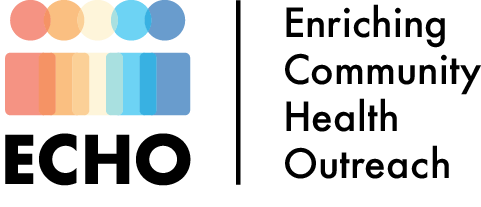A Look at the Opioid Epidemic
A Look at the Opioid Epidemic
Nicholas Carpo
The term opioid addiction has become increasingly popular in the news. Look at any media outlet, and it is not too hard to find a piece on opioids. But, what exactly is opioid addiction and how did it take the nation by storm? Here, we look at the basics of one of the most impactful public health issues in the United States.
What is an opioid?
Opioids such as morphine and codeine are medical drugs derived from the chemical opium. Biologically, they bind to neural receptors in the brain, inducing the release of dopamine. This impedes the sensation of pain and promotes a state of euphoria. As a result, they are often prescribed by medical professionals as pain relievers. However, many people become dependent on opioids and may later become addicted.
What’s the problem?
Although the opioid crisis was only declared a national public health emergency in 2017, the problem has been present for decades. In the 90s, several companies falsely advertised opioid drugs as non-addictive which resulted in an outbreak of overdose. As patients were prescribed higher doses of opioids to keep up with their rising tolerance of the drug, the misuse of the medication became more common, and many suffered from a growing dependence. This often developed into addiction which resulted in people resorting to illegal sources of opioids and similar drugs such as heroin.
In 2018, over two million Americans struggled with an opioid-related addiction or disorder, and there were nearly fifty thousand deaths related to opioid overdose. Overall, the misuse of opioids has led to numerous consequences in the medical, social, and economic sectors of the nation. In fact, national expenses due to the effects of opioid misuse are estimated at an annual cost of $78.5 billion. Furthermore, the situation is unlikely to change if no action is taken to address the issue.
What is being done?
Just last year, a government initiative was established to mitigate the issue at hand. This program focuses on three fields (law enforcement, education, and employment assistance) and hopes to reduce the prevalence of opioid misuse. Moreover, several public and private institutions are sharing their own programs to help individuals who struggle with addiction. The United States Department of Health and Human Services (HHS) is no exception. Their emphasis on increasing access to support services and promotion of healthier practices may result in some improvements in the current situation.
The Takeaway
It is important that we understand both the problem and the ways in which one can support their loved ones who may be struggling with an opioid dependency. Education is becoming increasingly important in recognizing symptoms. If you know someone who may be struggling with opioid misuse, reach out to them and seek the help of medical professionals. By eliminating the negative stigma surrounding addiction, society can move forward and finally address the crisis before it grows any larger.

